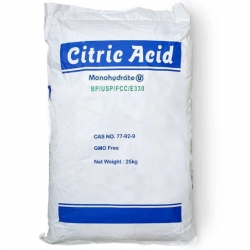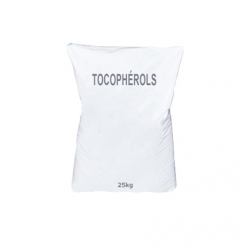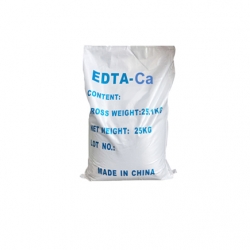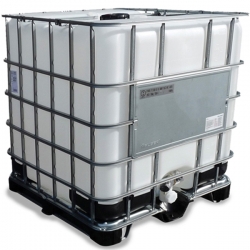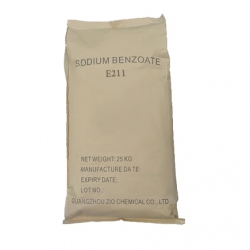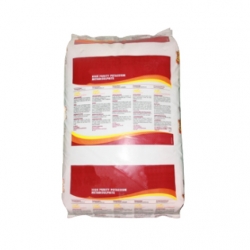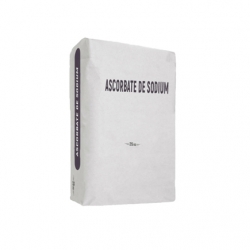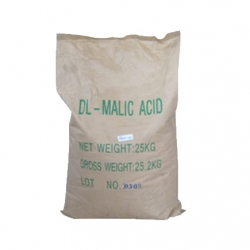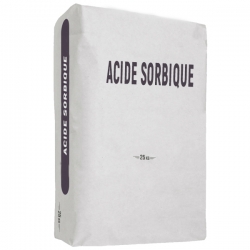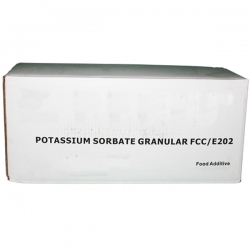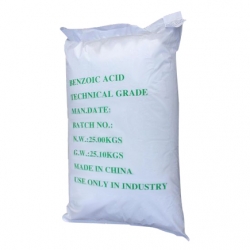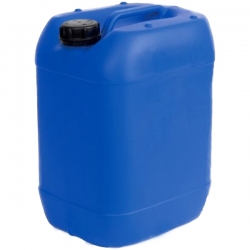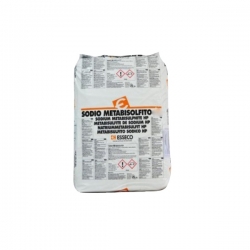No products in the cart.
E330 - Citric Acid
Citric Acid is a tricarboxylic acid found in citrus fruits. Citric acid is used as an excipient in pharmaceutical preparations due to its antioxidant properties. It maintains stability of active ingredients and is used as a preservative. It is also used as an acidulant to control pH and acts as an anticoagulant by chelating calcium in blood.
E306-TOCOPHEROLS
E306 corresponds to vitamin E of natural origin. It is a fat-soluble antioxidant. It mainly preserves fats, coloring materials and vitamins from alteration by oxygen.
E222 - Sodium Bisulfite
Sodium bisulfite (E222) is a food additive used as a preservative.
E211-SODIUM BENZOATE
Sodium benzoate (E211) is a widely used food preservative in the food industry to extend the shelf life of products.
E224 - Potassium Metabisulfite
Potassium metabisulfite, or potassium pyrosulfite, is a chemical compound with the formula K2S2O5. It appears as a crystalline white powder in the monoclinic system, soluble in water, with a faint odor of sulfur dioxide (SO2).
E301-SODIUM ASCORBATE
Sodium ascorbate is a potent antioxidant; it is widely used in the food industry for food preservation.
E296 - MALIC ACID
Malic acid is an organic compound with the molecular formula C4H6O5. It contributes to the pleasantly sour taste of fruits and is used as a food additive. Malic acid has two stereoisomeric forms (L- and D-enantiomers), although only the L-isomer exists naturally. Malic acid is highly hygroscopic, soluble in water and ethanol. It has a special pleasant acidity.
E200-SORBIC ACID
Sorbic acid is an additive used as an antifungal agent and as a preservative (E200) for fruits and vegetables. Therefore, it can be found in various food products based on fruits and vegetables (yogurts, cider, etc.) as well as in light mayonnaises and margarines.
E300-ASCORBIC ACID
Ascorbic Acid, or oxo-3-gulofuranolactone, is an organic acid with antioxidant properties. It is present in an enantiomerically pure form in lemons, fruit juices, and fresh vegetables.
E202-POTASSIUM SORBATE
Potassium sorbate (E202) is a potassium salt of sorbic acid. It is commonly used as a food preservative to inhibit the growth of molds and yeasts, thereby helping to extend the shelf life of foods.
E210 - Benzoic acid
Benzoic acid is a commonly used food preservative, classified under the code E210.
E270-LACTIC ACID
Lactic acid is utilized in the food industry as an additive (E270) serving as an antioxidant, acidifier, or flavor enhancer. It also exists in the form of salts: sodium salt (E325), potassium salt (E326), and calcium salt (E327). These salts are in powder form and are water-soluble. Lactic acid acts as a bacteriostatic agent, particularly against pathogenic bacteria such as Salmonella or Listeria, and also has a water activity-depressing effect.
Lactic acid is an organic compound, naturally forming in muscles during intense exercise to produce energy. It is also present in wine, dairy products, and certain vegetables after fermentation.
Sodium Metabisulfite
Sodium Metabisulfite or Sodium Pyrosulfite is a yellowish disinfectant, antioxidant, and food preservative. The IUPAC names the S2O5²⁻ ion as the disulfite ion. It should not be confused with the HSO3⁻ ion, which is the former name for hydrogen sulfite.


